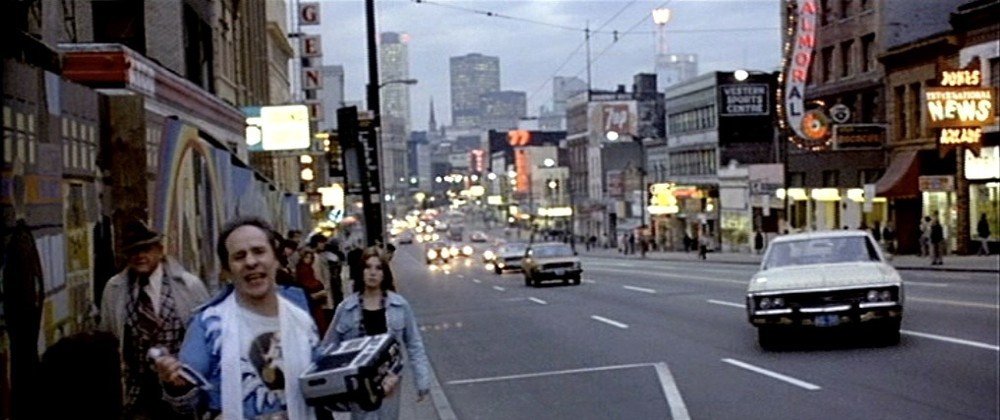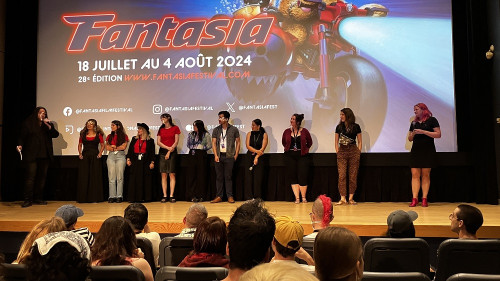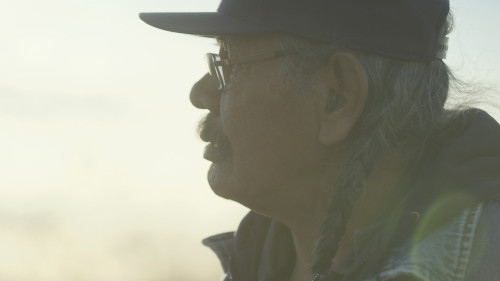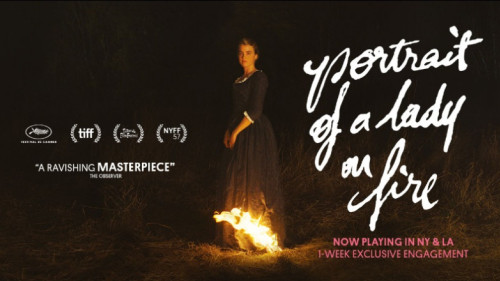Volume 18, Issues 11-12 / November–December 2014
The Vancouver Papers
In this issue
-
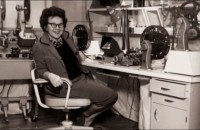
Mediating Collaborations: Arla Saare, the CBUT Film Unit, and the Emergence of the West Coast School
-
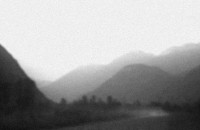
A Rite of Spring: Notes on Allan King’s The Pemberton Valley
-
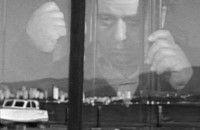
Jack Darcus: The Offscreen Interview
-
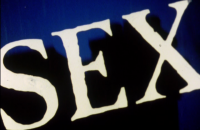
Sexcula Rises
Reviewing Vancouver's Lost Horror Porn
-

Traces of Canuxploitation: Zale Dalen Talks about Skip Tracer
-
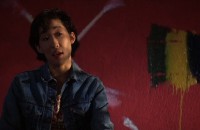
Contextualizing Questions of Identity and Space in Mina Shum’s Double Happiness
-

Reflexive Hybrid Realism in Da Vinci’s Inquest: Surveillance Culture and Vancouver’s Downtown Eastside
-

Reflexive Hybrid Realism in Da Vinci’s Inquest, Part II: “Pretend You Didn’t See Me”
-
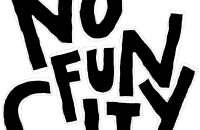
No Fun City
Melissa James and Kate Kroll Reveal Vancouver's Choke-hold on Local Arts Culture
-

The Late Vancouver Films of Larry Kent: The Hamster Cage and Exley
Offscreen is ending the year with a special double-issue on the cinemas of Vancouver. As guest editor I have spent the past couple of years gathering a batch of fresh new writing on this cinematic city to help redress its under-representation within Canadian film studies and explore what, exactly, can be known about the city by way of its films. This issue covers a wide range of material from the earliest days of out-of-towner productions through the establishment of the CBC’s regional affiliate in the 1950s, the birth of local independent filmmaking in the 60s and 70s, and on to the age of Hollywood North and the entrenchment of regionalized industrial production. The entries cover topics ranging from the representation of the city on screen, transnational flows across industrial and independent practices, regional film-making in the hands of national institutions, the changing face of urban issues facing the city over the past several decades, and the challenges of working as a filmmaker at the end of Canada’s line. And these topics are deployed across a variety of formats, from feature-length critical essays to interviews with key players and reviews of films both old and new.
The pieces are laid out in roughly chronological order, offering a host of new insights into the eras that they cover. Tim Newman provides an alternative account of the CBUT film unit’s 1950s West Coast style in revealing the role of chief editor Arla Saare as linchpin for their collaborative practices; while Colin Browne provides an in-depth analysis of one of the CBUT’s lesser-known films, Pemberton Valley (1957). Jack Darcus offers an alternative history of Vancouver film production as he talks about his own strategies for navigating the city’s ever-changing seas from the 60s through the 90s. Murray Leeder generously positions Sexcula (1974) in the context of the Dracsploitation subgenre of the day to consider the film’s slim merits therein. Kier-La Janisse uses Skip Tracer (1977) to prompt director Zale Dalen to reflect anew on the Vancouver scene for the first time since returning to the region after several decades in China. David Hanley examines how Double Happiness, a key entry in the Pacific New Wave, uses spatial representation to engage the transnational politics of diasporic cinemas. Rachel Walls considers the implications of Da Vinci’s Inquest’s location shooting on the Downtown Eastside in the post-9/11 age of increasing surveillance in this poorest of Canada’s postal codes. Michael Baker contextualizes No Fun City within the realm of music documentary’s 21 Century proliferation while assessing the film’s exploration of Vancouver’s increasingly hostile attitude towards maintaining alternative cultural spaces. And Donato Totaro offers a critical appreciation of the last two films of Larry Kent, which have brought Vancouver’s independent pioneer back to the city after a 35 year absence.
Meanwhile the dialogue across these pieces opens up a variety of otherwise hidden spaces for contemplation. Consider Newman and Browne’s accounts of Vancouver’s first TV station in light of Walls’ analysis of how industrial television productions of the 1990s handle decidedly local issues. Or how Skip Tracer’s early exploration of the rise of debt culture at the dawn of Vancouver’s age of gentrification points towards No Fun City’s documentation of today’s real-estate wars between the increasing density of condo residents and the city’s few remaining cultural centers. Or how the forgettable oddity of Vancouver’s lost horror porn Sexcula takes on new significance when considering its influence on Jack Darcus, in attendance at its only screening, who then parodied the film in his own hilarious Overnight (1986); and the resonance of Sexcula’s boundary-pushing genre conflations within Larry Kent’s recent forays into the blackly comedic machinations of The Hamster Cage (2005) and Exley (2011).
But if there is to be one recurring theme across the issue, it lies in defining Vancouver according to the contested spaces that govern its sociocultural dynamics. There are the obvious issues of urban planning and the intersections of poverty and wealth in play in No Fun City, Da Vinci’s Inquest, and Skip Tracer alike. And these intersections become ethnically inflected in discussions that take on specific communities. David Hanley explores the internal stratification of the Chinese diaspora and its implications within the broader sphere of Vancouver’s whiter spaces. Colin Browne explores how Allan King’s film politicizes aesthetics in his handling of the points of intersection between Pemberton Valley’s Native reserve and the homesteads of white citizens of European descent. And Jack Darcus discusses two of his own films that deal with Native issues in modern day Vancouver, Wolfpen Principle and Silence, separated by a quarter century and thus prompting questions about what progress towards reconciliation has been made – if any. The Darcus interview also deals with another layer of the city’s contested spaces: that within the domain of local film production itself, from the difficulties in working to the demands of early government funding initiatives to the limitations of distribution networks and the encroachment of industrial production on independent territories. Sometimes these politics are internal, as Newman reveals in fleshing out the considerable personality conflicts within the CBUT and how these played out in the aesthetics of films that came to be identified as distinctively West Coast. Other times the politics are those of the city at large and its spot on the world stage. Walls positions Da Vinci’s Inquest as increasingly under pressure to abandon local specificity for greater marketability abroad, a situation echoed by Baker who situates No Fun City’s lack of stylistic differentiation from sibling documentaries made elsewhere as a product of the need for mass-market appeal. Meanwhile Totaro’s review of Larry Kent’s last two films illustrates the lure of 21st Century Vancouver for a filmmaker interested in following his own path, ironically the very reason he left town in the first place.
In the end, what we can know about Vancouver by way of its cinemas inevitably lies between the cracks of the overlapping spheres of investigation mobilized by the kinds of work featured here. It is my hope that this issue will put a few more of these cracks on display than the literature to date has made possible, and invite ever more interest to plumb their overlapping depths even further.
(Randolph Jordan, guest editor)

